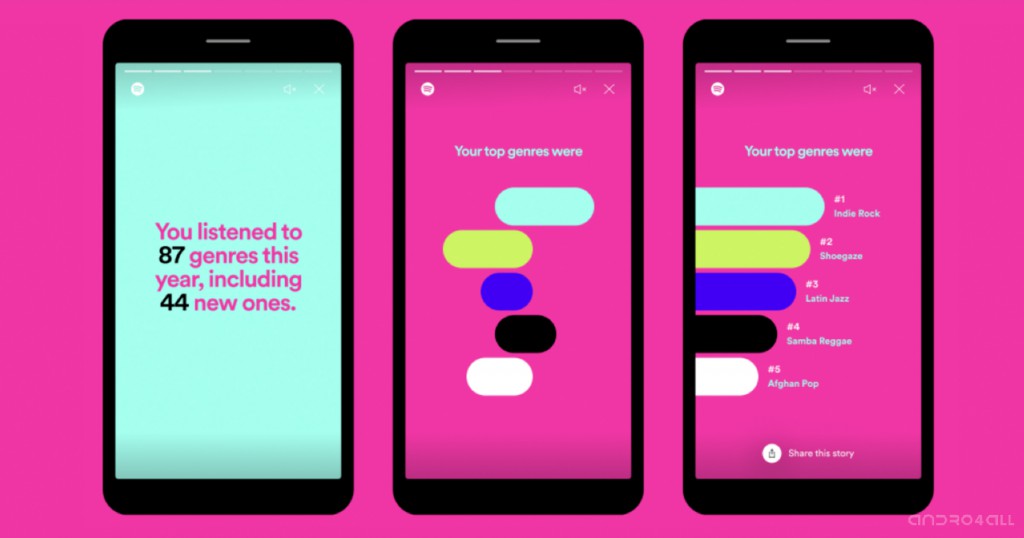It’s not you. It’s not even ‘trends’. It’s the algorithms. And according to this article, these algorithms aren’t making us all think alike, but rather are helping us discover new things and get to know local culture. The study focused on Spotify and its recommendation system, but the conclusions can easily be extrapolated to any digital platform.
Spotify: an example of cultural omnivorousness
You’ve probably seen Spotify Wrapped all over social media (the summary of what you’ve listened to on the app throughout the year). You’ve probably noticed that the variety of genres and styles is what’s highlighted year after year. And the best part is, it’s actually an accurate reflection reality.

Few people would hide the fact that they enjoy classical music as well as an everyday pop song, and this contradicts the idea that the internet removes serendipity from our lives and the pleasure of discovering new trends by accident.
Algorithms and discovering trends
While algorithms influence what you see in your searches and on your social media profiles, you can ‘feed’ them and, in some ways, teach them so that you don’t miss out on serendipity. How can you do this? By following accounts that encourage connections between diverse topics or an area of interest to you and make use of the functions offered on some channels such as the ability to create themed lists.
Ver esta publicación en Instagram
The internet isn’t perfect, nor is it the big virtual encyclopaedia or connection hub it promised to be when it first came into our lives. But learning how it works and working around what we don’t like can help us use it to its full potential.
Which platforms and profiles do you use for inspiration? How do you make sure the algorithms don’t stop you from discovering new things? Share your ideas on socials using #ConnectionsByFinsa.




